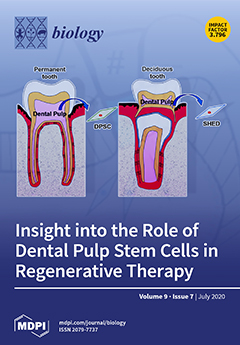The study focused on the changes in vegetation and soils on an undeveloped area of coal mine spoil heaps. The process of vegetation changes was evaluated on the basis of historical cartographic materials and fieldwork. Changes of vegetation in nearly 200 years are presented herein. The main purpose of this study is to present an analysis of spatio-temporal changes in vegetation and their influence on soil features. The diversity of ecological species in terms of habitat requirements, tendency of hornbeam communities formation, and the relationship between forest communities and soil features was found. The basic soil properties were examined under selected plant communities (pH, C
org, N
t), available forms of elements (P, K, Mg), and as plant nutrients and heavy metal occurrence (Fe, Zn, Mn, Co, Cd, Pb, Sr, Cr, Cu). The soil organic carbon (C
org) content varied from 3.17 ± 0.007% to 17.7 ± 0.21% and significant differences were observed between sites. The highest total nitrogen (N
t) content was recorded in the soils of the sites that were represented by
Populus-Betula stands (0.60 ± 0.01%). Soil acidity (pH) varied greatly, ranging from acidic (pH = 4.1) to weakly acidic (pH = 5.9). The highest value for Mg
avail (205.43 ± 0.5 mg·kg
−1) was noted in the soils under
Calamagrostis epegijos (L.) Roth community and for P
avail (184.07 ± 3.77) and K
avail (346.19 ± 2.92 mg·kg
−1) under the
Quercus-Pinus stand. On all sites, Zn was a dominant element and its concentration ranged from 526.1 to 1060.4 mg·kg
−1. Obtained results show how important it is to study the issue of vegetation changes and the formation of the landscape within an industrial city. The described results are important for the management of urban greening issues. Human influence on the disintegration and development of the natural environment is clearly visible. Due to the diversity of former mining areas and their time of creation, the studied area is one of the most important experimental areas for the determination link between vegetation and soil.
Full article






